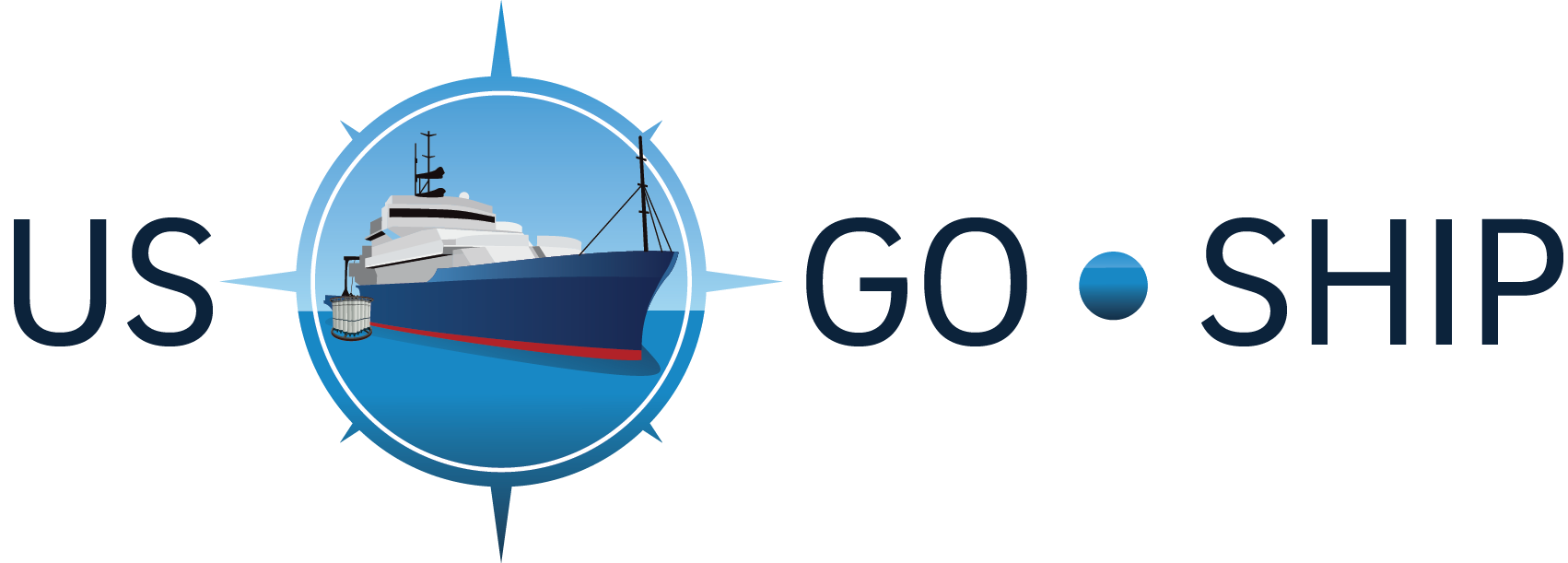Cruise Organization and Planning
Each cruise will be planned by the Chief Scientist and Principal Investigators responsible for Level 1 and Level 2 measurements, taking into consideration any special requests by other principal investigators for Level 3 measurements. Priority for berths and ship laboratory space will be given to the observation programs in Levels 1 and 2. Reasonable requests for wire time, laboratory space and berths will be accommodated for Level 3 observations. Any disputes will be negotiated with assistance from the Executive Council.
Investigators proposing add-on (Level 3) measurements should note that the issue of support for any required extra ship time, and the concomitant extra sea salaries for the shipboard scientific party, is a sensitive one for which no firm program or agency policy yet exists.
The sampling programs and investigator assignments are discussed by the US GO-SHIP PIs well in advance of each cruise, to allow time to cover any missing observation types. The committee works with funding agencies to ensure that all Level 1 measurements are covered adequately for each cruise, and that as many of the Level 2 measurements as possible are also included.
The final sampling program, including exact cruise track, nominal station locations, parameters to be sampled, anticipated precision and accuracy of each measurement, and list of measurement groups or personnel should be ready at least 3 months prior to the start of a cruise.
Documentation
Full information regarding scientific operations at each station should be logged, including deck operations, intended sample levels, types of samples, any perceived problems with samples upon collection or initial analysis, personnel involved in analysis, problems or unusual features in the CTD profiles, etc. Sampling logs should be maintained, showing every water sample drawn from each rosette bottle along with their sequence or serial numbers, and with notations for mistrips, leaking bottles, and other problems.
Documentation of sampling and analytical protocols should be submitted with the data sets. Documentation with the initial data submission should include a brief description of shipboard sampling procedures and precision and accuracy of observations. Final documentation should also include detailed descriptions of sample preparations, analytical procedures, equipment calibrations, data reduction techniques, computation algorithms, citations and anything else deemed necessary to understand the suitability, accuracy and precision of the data values.
